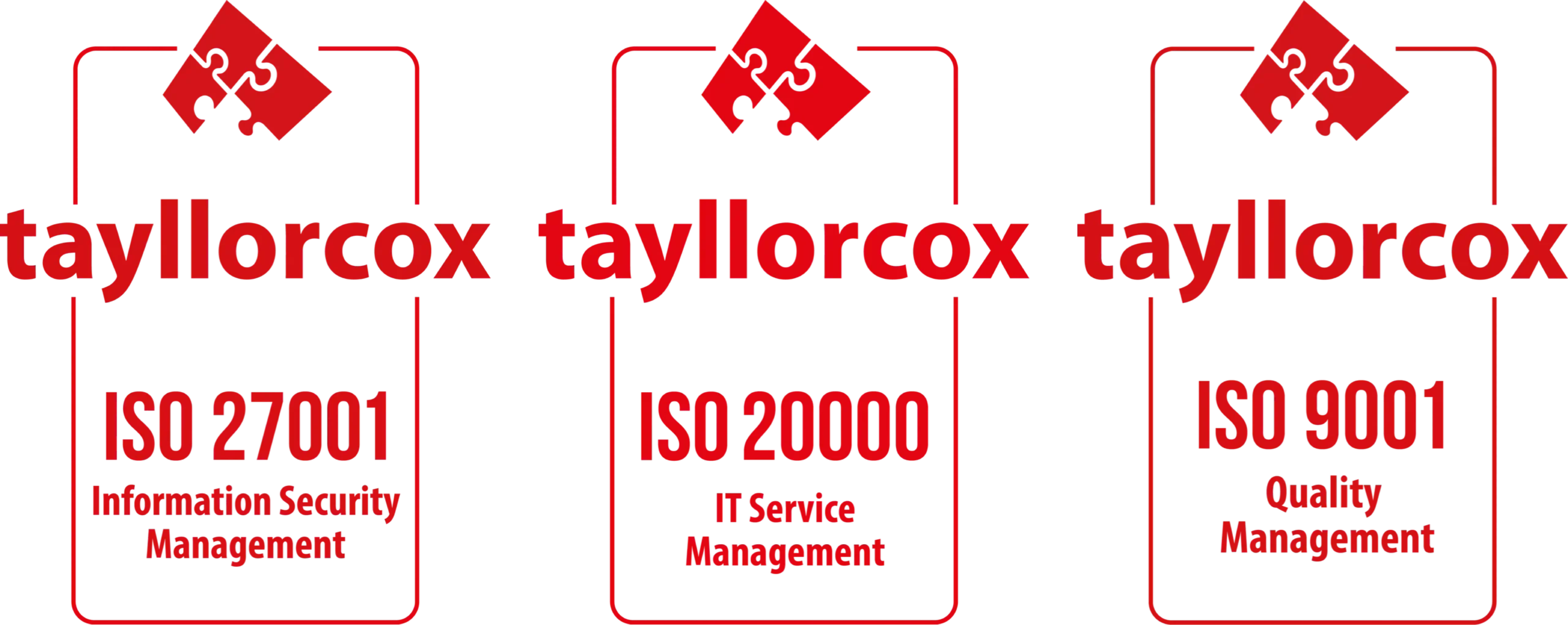Hardware Inspection
Overview
Inspection allows Bare Metal service to discover required node
properties once required driver_info fields (for example,
IPMI credentials) are set by an operator. Inspection will also create
the Bare Metal service ports for the discovered ethernet MACs. Operators
will have to manually delete the Bare Metal service ports for which
physical media is not connected. This is required due to the bug
1405131.
There are two kinds of inspection supported by Bare Metal
service:
- Out-of-band inspection is currently implemented by several hardware
types, includingilo,idracand
irmc. - In-band inspection by utilizing
the ironic-inspector
project.
The node should be in the manageable state before
inspection is initiated. If it is in the enroll or
available state, move it to manageable
first:
baremetal node manage <node_UUID>Then inspection can be initiated using the following command:
baremetal node inspect <node_UUID>Capabilities discovery
This is an incomplete list of capabilities we want to discover during
inspection. The exact support is hardware and hardware type specific
though, the most complete list is provided by the iLO ilo-inspection.
secure_boot(trueor
false)-
whether secure boot is supported for the node
boot_mode(biosoruefi)-
the boot mode the node is using
cpu_vt(trueorfalse)-
whether the CPU virtualization is enabled
cpu_aes(trueorfalse)-
whether the AES CPU extensions are enabled
max_raid_level(integer, 0-10)-
maximum RAID level supported by the node
pci_gpu_devices(non-negative integer)-
number of GPU devices on the node
The operator can specify these capabilities in nova flavor for node
to be selected for scheduling:
openstack flavor set my-baremetal-flavor --property capabilities:pci_gpu_devices="> 0"
openstack flavor set my-baremetal-flavor --property capabilities:secure_boot="true"Please see a specific hardware type page </admin/drivers> for the
exact list of capabilities this hardware type can discover.
In-band inspection
In-band inspection involves booting a ramdisk on the target node and
fetching information directly from it. This process is more fragile and
time-consuming than the out-of-band inspection, but it is not
vendor-specific and works across a wide range of hardware. In-band
inspection is using the ironic-inspector
project.
It is supported by all hardware types, and used by default, if
enabled, by the ipmi hardware type. The
inspector inspect interface has to be enabled to
use it:
If the ironic-inspector service is not registered in the service
catalog, set the following option:
In order to ensure that ports in Bare Metal service are synchronized
with NIC ports on the node, the following settings in the
ironic-inspector configuration file must be set:
There are two modes of in-band inspection: managed inspection and unmanaged inspection.
Managed inspection
Inspection is managed when the Bare Metal conductor fully
configures the node for inspection, including setting boot device, boot
mode and power state. This is the only way to conduct inspection using
redfish-virtual-media
or with /admin/dhcp-less. This mode is engaged automatically
when the node has sufficient information to configure boot (e.g. ports
in case of iPXE).
There are a few configuration options that tune managed inspection,
the most important is extra_kernel_params, which allows
adding kernel parameters for inspection specifically. This is where you
can configure inspection collectors and other parameters, for example:
<admin/how_it_works.html#inspection>
For the callback URL the ironic-inspector endpoint from the service
catalog is used. If you want to override the endpoint for callback only,
set the following option:
Unmanaged inspection
Under unmanaged inspection we understand in-band inspection
orchestrated by ironic-inspector or a third party. This was the only
inspection mode before the Ussuri release, and it is still used when the
node’s boot cannot be configured by the conductor. The options described
above do not affect unmanaged inspection. See ironic-inspector installation guide for more information.
<install/index.html>
If you want to prevent unmanaged inspection from
working, set this option:




